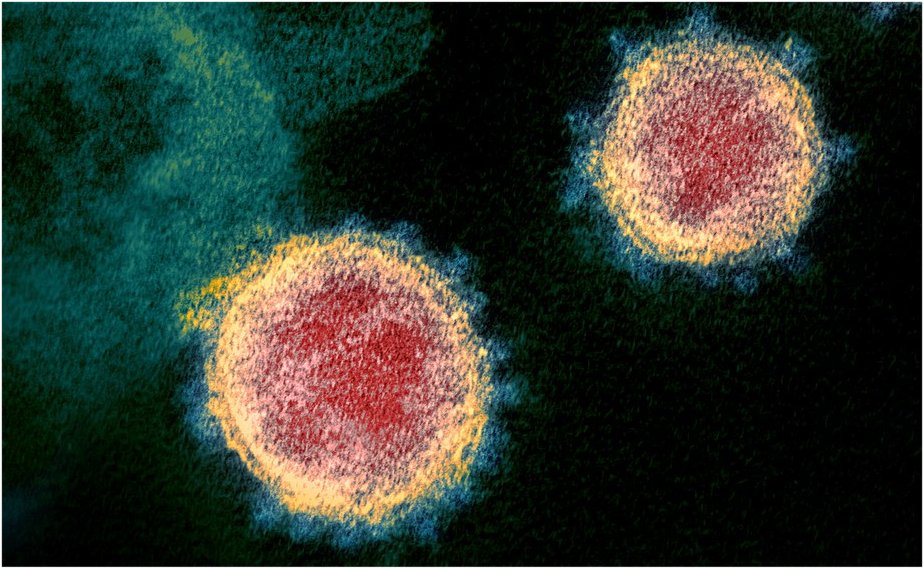
In my elementary science book, Science in the Beginning, I explain to students that many things in science are counter-intuitive. To make this point clear, I have them do an experiment with unexpected results. In one lesson, students learn that salt melts ice. In the next lesson, they are presented with this question:
In which situation will an ice cube melt more quickly:
Floating in hot freshwater or floating in hot saltwater?
I then have them do the experiment. They put hot freshwater into two glasses. They then add salt to the water in one of the glasses. Afterwards, they put ice cubes of roughly the same size in each. Unlike most people expect, the ice cube in freshwater melts more quickly. Here is how I explain the results (keep in mind they have already seen that freshwater floats on saltwater):
So, why did the experiment produce counter-intuitive results? Because of another fact that you know but probably didn’t think was important enough to consider: freshwater floats on saltwater. Why did the ice cubes melt so quickly? Because you put them in hot water. The water was so hot that the ice cubes had to melt. But when the ice cubes melted, where did the water that was formed by the melting actually go?
Let’s start with the freshwater. Remember that cold freshwater is just a bit heavier than an equal volume of warm freshwater. What does that tell you? It tells you that cold freshwater sinks in warm freshwater. Well, as the ice cube melted, the water that was formed by the melting process was still pretty cold. Thus, it sank in the hot water, getting out of the way. This allowed the warm freshwater around the ice cube to stay very warm, which kept melting the ice cube.
What happened in the saltwater was a completely different story, however. Remember that freshwater floats on saltwater. This effect is so strong that cold freshwater floats in hot saltwater. So,in the end, when the ice cube started to melt, the cold freshwater that was formed from the melting ice cube floated on the top of the saltwater, along with the ice. It didn’t sink like it did in the cup that had freshwater in it. For the ice cube to continue to melt, then, the hot saltwater had to heat up the newly formed freshwater that floated on the surface. That took time, and as a result, the ice cube melted a bit more slowly.
So, the counter-intuitive results were caused by the fact that freshwater floats on saltwater, but cold freshwater sinks in hot freshwater. That probably wasn’t something you thought about when I initially asked you the question, but you probably understand why it is important now that I have explained it to you. It turns out that a lot of science is like this because God created an incredibly complicated world for us. Often, we don’t think about all the different things that are important when we try to analyze a situation. As a result, many experiments end up showing us counter-intuitive results. Regardless of how counter-intuitive, however, as a scientist, you must follow what the experiments show. After all, we can’t always take into account all the complexities of creation, so when we do an experiment and find counter-intuitive results, unless we find something wrong with the way we did the experiment, the results are more important than what we think the results should be!
A homeschooling mother, Leah, recently shared a variation that she and her son, Parker, made to this experiment, and it is pictured above. They made ice cubes out of water that had blue food coloring in it. The first picture on the left is of the ice cube in freshwater. You can clearly see the cold water from the melted ice cube sinking in the warm freshwater. The middle picture shows you both ice cubes, and it is really clear that the water coming from the melting ice cube is floating on the saltwater, while it is mixing well with the freshwater. The last picture shows you what is left after both ice cubes melt. Once again, you can see that the water from the ice cube has mostly stayed floating on the saltwater.
The impressive thing about this variation is that Leah came up with the idea on her own. When she suggested it to Parker, he immediately understood what it would show. I would have never thought to do this kind of variation, but it really illustrates the process well. I will probably add a note about doing this in the next printing of the course so that others can benefit from it.




